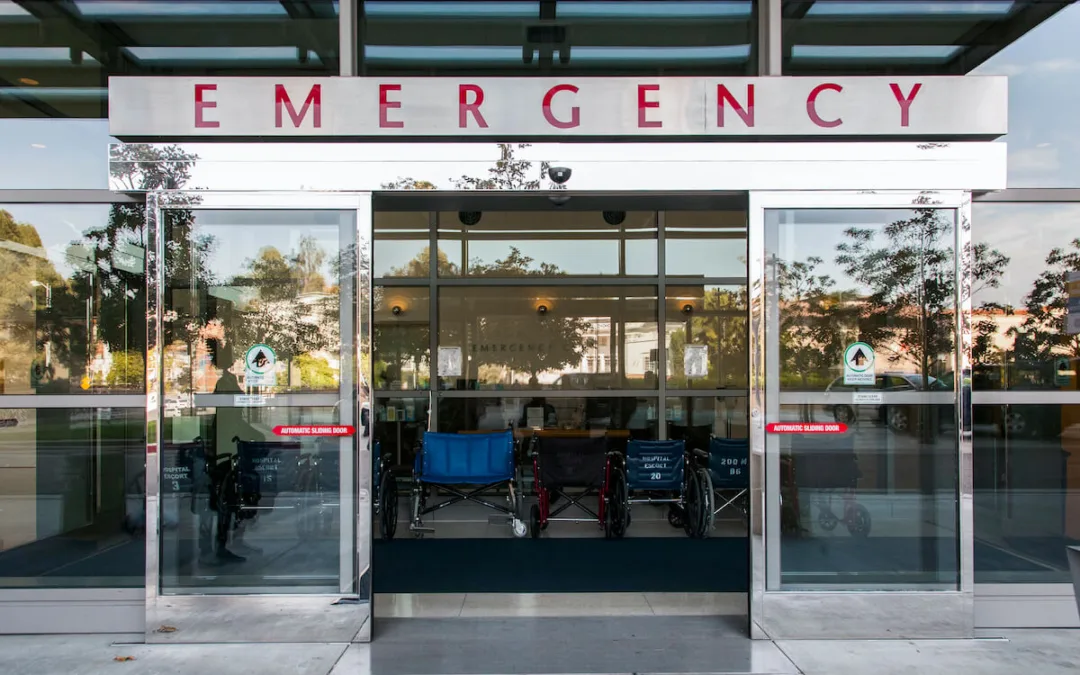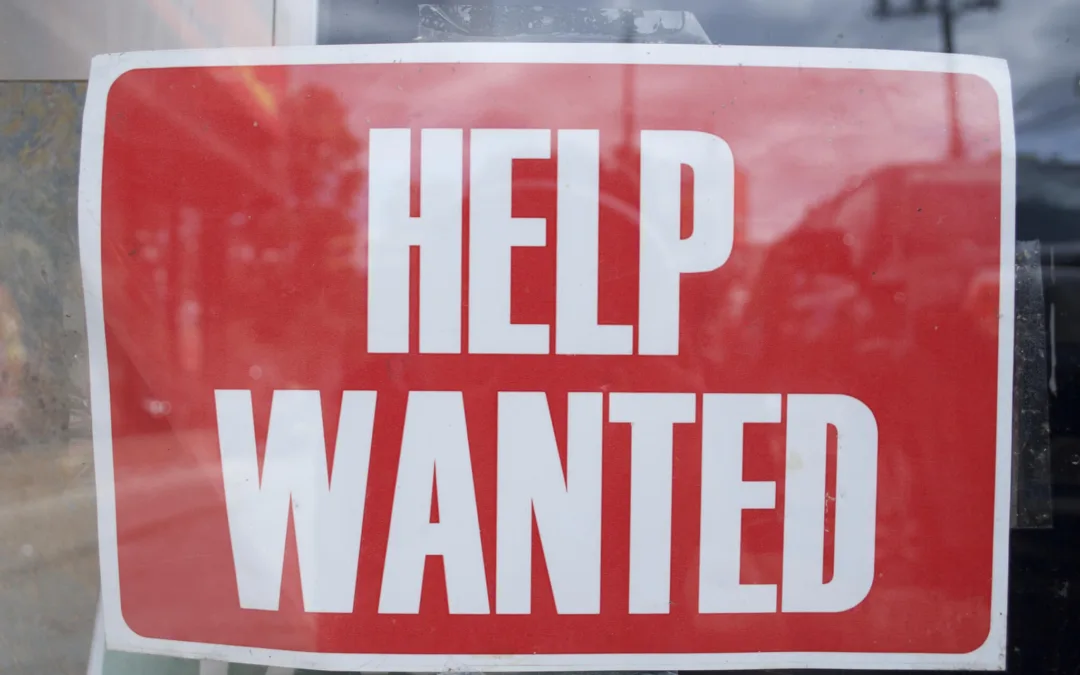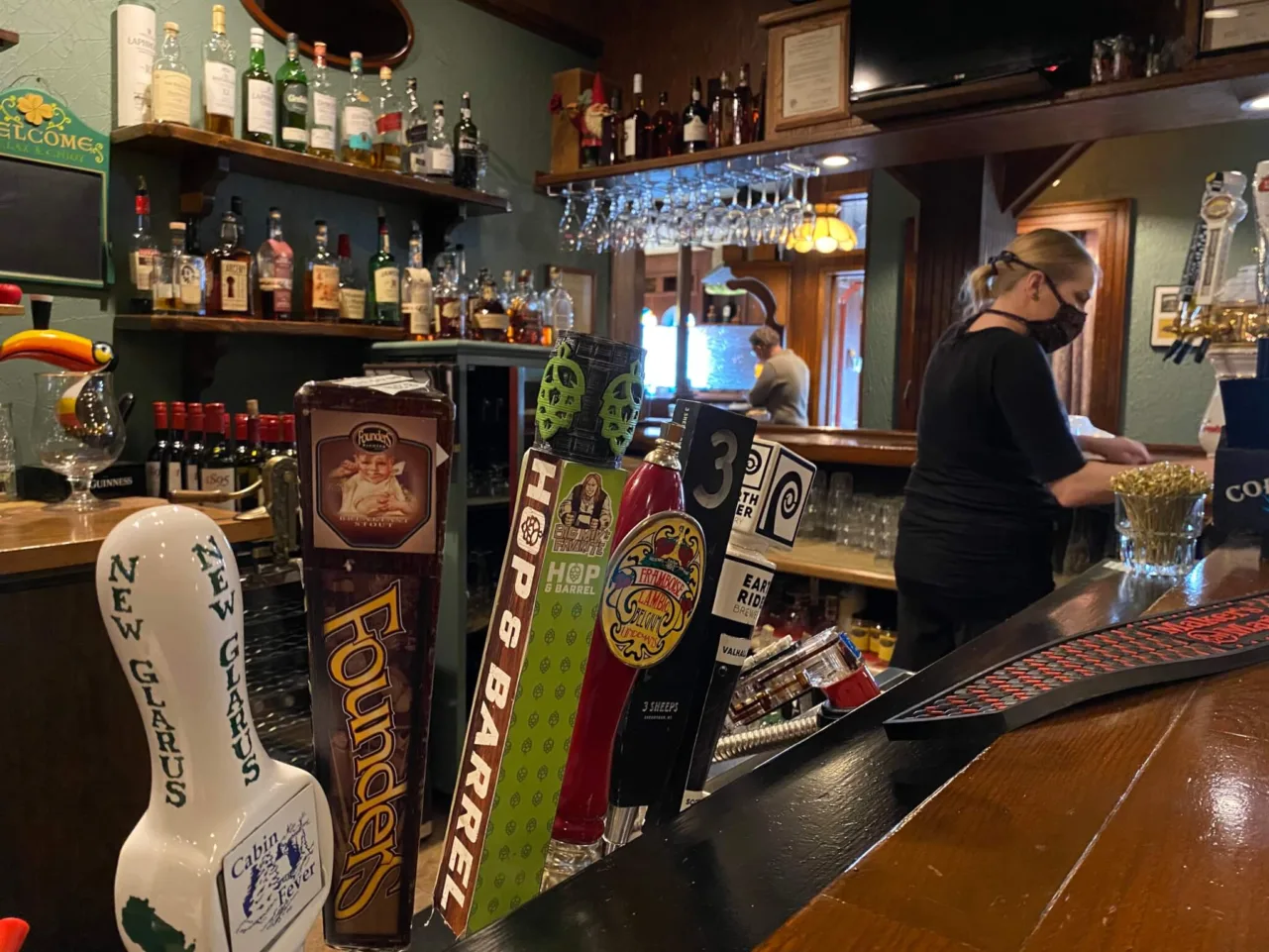
#image_title
#image_title
Recent relief measures help, but more aid is needed to recover from a terrible year.
On what would normally be a busy St. Patrick’s Day at Houligans Steak & Seafood Pub in downtown Eau Claire, co-owner Jon Seybold found himself unexpectedly in an empty restaurant.
“It was the strangest feeling,” Seybold recalled. “We were booked for one of our busy days, and then it was nothing.”
Just a couple hours earlier, on March 17, 2020, Seybold and other restaurant and tavern owners across Wisconsin had been notified they would have to close at 5 p.m. Gov. Tony Evers had issued the order as the coronavirus had surfaced in the state.
A 2 ½-hour drive to the northeast, at the Rhinelander Cafe & Pub, owner Mark Gutterer experienced a similar feeling. The eatery was packed with customers enjoying the traditional holiday meal of corned beef and cabbage special when a police officer knocked on the door notifying Gutterer he needed to close to comply with the governor’s order.
“I had all of these people in the restaurant when the announcement came,” Gutterer said, “and we were seating more people coming in. I let people who were already eating finish their meals. Then we had to shut down.”
Restaurants and bars remained closed for two months. When they reopened (some did not), it was to much-smaller customer numbers.
Gone were the crowds, along with revenues and the jobs of more than 130,000 people who work at those establishments. The economic downturn wrought by the pandemic remains today, as survey data released this month by the Wisconsin Restaurant Association shows almost a third of operators laid off or furloughed staff in December or January, and about one in seven restaurant owners said they would “probably” or “definitely” be closed in three months without additional federal aid.
For the past year, restaurant and small business owners were left to largely fend for themselves by an absent Republican-led Wisconsin Legislature that failed to address the pandemic combined with a federal response that only partially addressed their needs.
Meanwhile, coronavirus cases and deaths continued to climb throughout 2020 as business debts and layoffs piled up. About 10% of Wisconsin restaurants have closed since the beginning of the pandemic, and another 20%-30% face uncertain futures, Wisconsin Restaurant Association president and CEO Kristine Hillmer told the Wisconsin State Journal this month.
UpNorthNews spoke with 13 restaurant and bar owners from across Wisconsin about their experiences during the pandemic and their outlook as the nation moves closer to recovery. Some lost their operations entirely. Some saw their business models change permanently. Others are drowning in twice as much debt as when they opened their doors. Still others are limping along, with revenues down by as much as 80%.
For all of them, the past year has been unlike any other.
“You’d never dream you’re going to have a year like this,” Seybold said. “We’ve all done everything we can just to keep our doors open.”
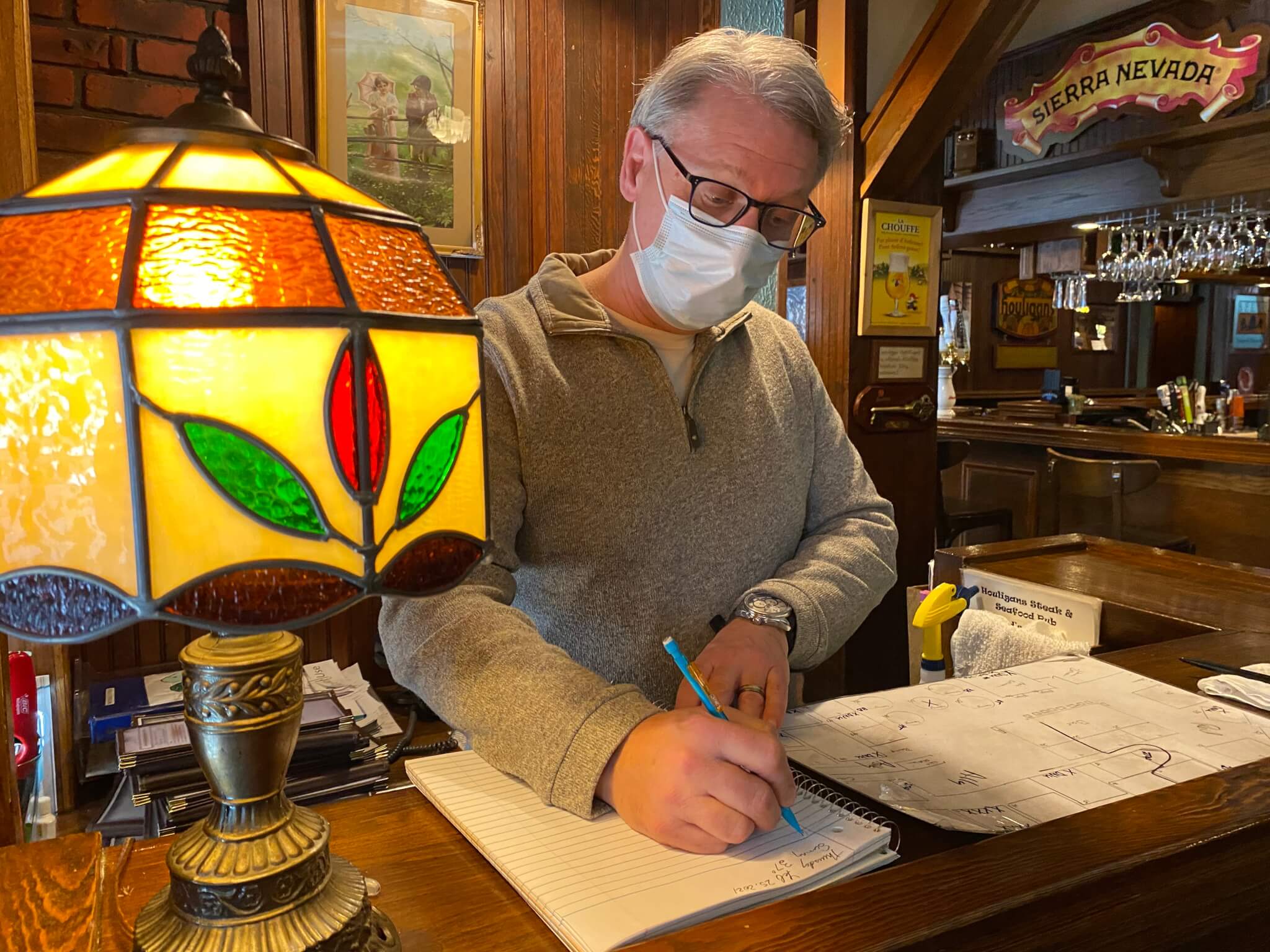
‘You should have stepped in’
To Melissa Buccholz, co-owner of Odd Duck, a small-plates restaurant in Milwaukee, much of the pandemic-related pain can be traced to former President Donald Trump’s “total abdication of responsibility” throughout his time in office during the pandemic.
“I’m looking at it from a business perspective, but as a human, people died because somebody woke up and didn’t want to do their job that day,” Buccholz said. “I have to be a leader every day, whether or not I want to. There are plenty of days where I don’t want to … but you still have to do it.”
As it stands, Buccholz has a skeleton crew running the restaurant—about 12-15 employees compared to the usual 35. Odd Duck’s bank accounts drained and the restaurant had to take out forgivable Paycheck Protection Program loans in addition to a non-forgivable Economic Injury Disaster Loan from the Small Business Administration. The hardships led Buccholz and co-owner/chef Ross Bachhuber to discontinue Odd Duck’s catering arm and let the lease on the catering space expire.
“We went from having nine years of savings in the bank, basically, to having now a loan that’s double the amount of money we actually had taken out to open this restaurant nine years ago,” Buccholz said.
Minutes away, Bounce Milwaukee, a family restaurant and amusement center, has a wide selection of bouncy houses, arcade machines, video games, indoor playground equipment, and even a rock-climbing wall.
In normal times, kids and parents alike would partake in the fun while eating some grub and having a few drinks. But none of it has been used for a year.
“It’s like starting over from square one again,” said Becky Cooper, who co-owns Bounce Milwaukee with her husband, Ryan Clancy.
When the pandemic hit, Cooper and her husband emptied their bank accounts to give their employees bonuses in case Bounce was closed long-term. Bounce has yet to reopen, and likely won’t for a few more months, Cooper said.
Throughout the pandemic, Cooper’s only income has been that of her husband, who is a Milwaukee County supervisor. Clancy’s $27,000 salary has been stretched to the limit to provide for the couple and their five children. They’ve had to drop their health insurance.
It didn’t have to be like this, she said. The state Legislature, which went more than 300 days without passing a single bill, should have and could have done something sooner, Cooper said.
“There was a [leadership] vacuum,” Cooper said. “You should have stepped in and done your job and saved Wisconsin businesses. And there are some small businesses that will never come back.”
But, Cooper said, reckless businesses that reopened with little to no safety precautions also deserve some of the blame.
“We’re watching other businesses be open and be very profit-driven, and it has extended the pandemic more significantly than … if everyone had shut down early on and cooperated with the stay-at-home orders,” she said.
Business at Gutterer’s Rhinelander restaurant and the Deep Water Grille he operates in Ashland dropped off by 30%, even during the summer tourist season, a time when northern eateries are typically busy and they make much of their yearly income. At one point his customer numbers dropped so low he laid off 55 of his 65 employees, draining his restaurants’ unemployment account from a $60,000 surplus to a deficit of that same size. He estimates pandemic-related losses at his restaurants at nearly $300,000.
The financial outlook for their business was so bleak it prompted Gutterer and his wife Patty to sell their home and move to an apartment to save money.
“There was a lot of uncertainty shortly after the pandemic started,” Gutterer said. “They were talking about a depression. We looked at the sudden dropoff in our business and decided we had better prepare for the worst.”
While President Joe Biden signed the American Rescue Plan last week, John Clark, co-owner of Public Table in West Allis, said he was dismayed it took so long for Democrats to pass the bill despite having control of both chambers of Congress and the presidency.
“Everything he said he was gonna do, they’re still having infighting,” Clark said, pointing to public Democratic spats over a minimum wage increase and stimulus check criteria. “It’s politics as usual, right? There’s still the gridlock. There’s still, everybody wants their own piece of the pie. And they’re not getting things done.”
Future looking up, but challenges remain
Many restaurants are still struggling, but the future looks brighter as Biden’s $1.9 trillion COVID-19 relief package signed last week included $25 billion in debt-free, direct grant payments for restaurants. It was the first major aid for Wisconsin eateries since December, when Gov. Tony Evers issued $45 million in CARES Act relief funding to restaurants statewide.
With last week’s federal assistance, the number of COVID-19 cases dropping, and vaccinations against the virus on the rise, the future for restaurants looks better, said Shawn Phetteplace, Wisconsin lead for the Main Street Alliance, a progressive small business organization with about 100 members in the state.
But the state’s eateries still face significant issues. Some experts have predicted it might take a few years before the restaurant sector makes a full recovery.
“The [federal restaurant] fund will need to get replenished. $25 billion is not enough based on what is needed,” Phetteplace said of what’s allocated in the American Rescue Plan. “But at least it’s a good first start, and we have every expectation that once the money runs out that they’ll replenish it with additional funds.”
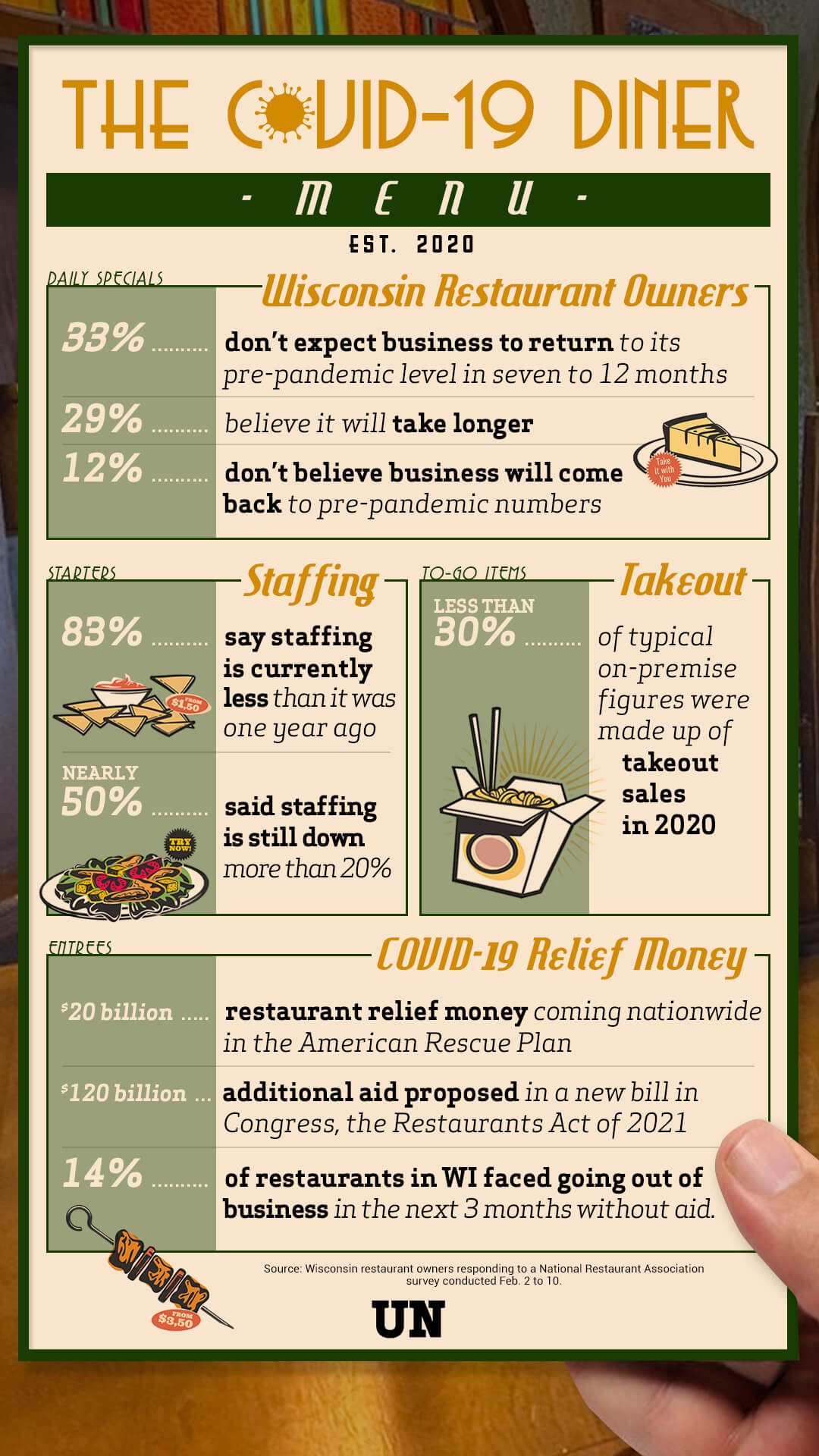
Additional assistance to restaurants could come from a proposed $120 billion Restaurants Act of 2021 introduced last month. The measure, backed by members of both political parties, including Wisconsin Democratic Sen. Tammy Baldwin and Republican US Rep. Mike Gallagher, would help restaurants and small food franchises pay for long-term challenges imposed by the pandemic.
The legislation is supported by the Main Street Alliance and the Wisconsin Restaurant Association. With one in 10 Wisconsin restaurants already closed in the pandemic, Hillmer worries many more closures could follow if there isn’t additional financial assistance.
“The majority of the remaining restaurant owners believe that it will be seven to 12 months, or more, before business conditions return to normal for their restaurant,” Hillmer said in a news release from Baldwin’s office.
Seybold worries that will be the case. With business down about 40% last year, he was forced to lay off nearly half of his 30-person staff.
Customers have begun returning in recent weeks as COVID-19 cases and deaths have dropped significantly, he said, and he is slowly adding back staff. Still, customer numbers remain below normal levels, he said, and 12 months of sluggish business will take significant time to bounce back from.
Federal funding from Biden’s COVID relief bill is helpful, Seybold said, “but a lot of owners are going to need more if they’re going to recover financially any time soon.”
Business is beginning to come back at his restaurants too, Gutterer said. In fact, he and his wife feel optimistic enough to begin building a new house near Rhinelander.
But adding staff is proving difficult for some owners, he said, as some former restaurant workers have moved on to other jobs. He applauds restaurant funding included in last week’s COVID-19 relief package but said many eateries need additional help.
“Our businesses will continue to exist, but this has really set up back for sure,” Gutterer said. “And there are a lot of restaurants out there worse off than us. We independent restaurants need all the help we can get.”
Politics

Eric Hovde’s company exposed workers to dangerous chemicals, OSHA reports say
A Madison-based real estate company run by Wisconsin US Senate candidate Eric Hovde settled with the Occupational Safety and Health Administration...
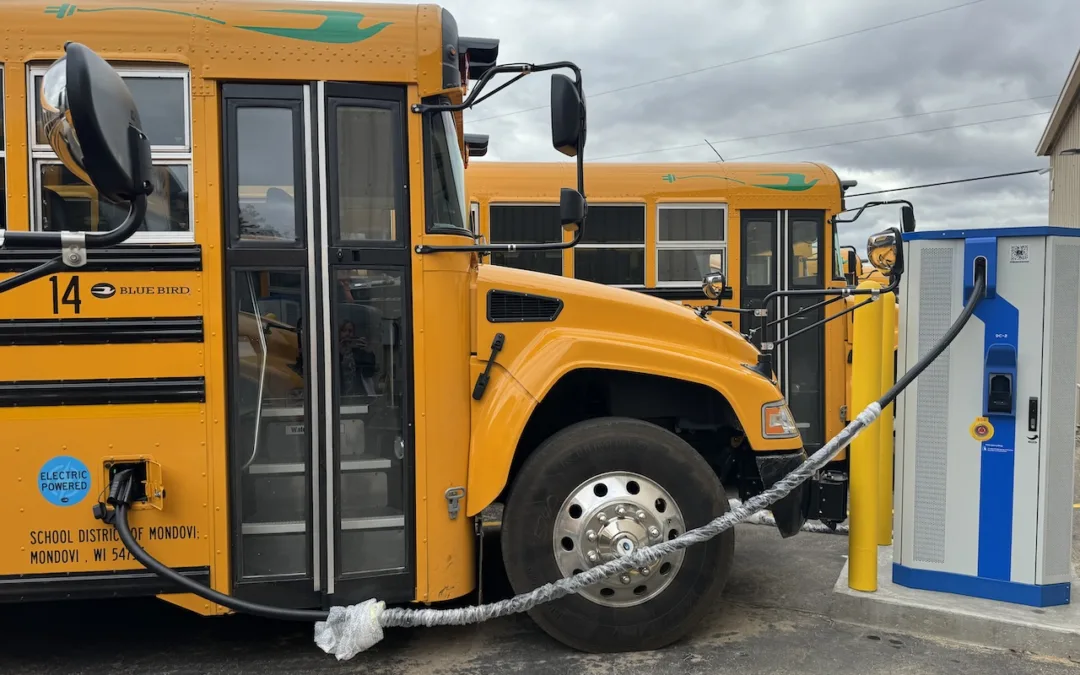
Plugged in: How one Wisconsin school bus driver likes his new electric bus
Electric school buses are gradually being rolled out across the state. They’re still big and yellow, but they’re not loud and don’t smell like...
Local News

Stop and smell these native Wisconsin flowers this Earth Day
Spring has sprung — and here in Wisconsin, the signs are everywhere! From warmer weather and longer days to birds returning to your backyard trees....

Your guide to the 2024 Blue Ox Music Festival in Eau Claire
Eau Claire and art go hand in hand. The city is home to a multitude of sculptures, murals, and music events — including several annual showcases,...



